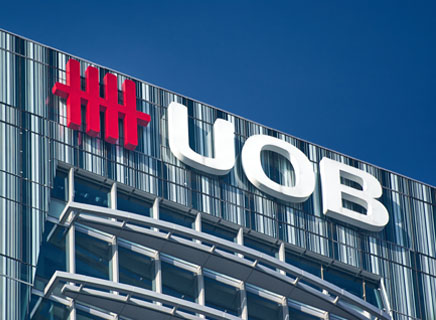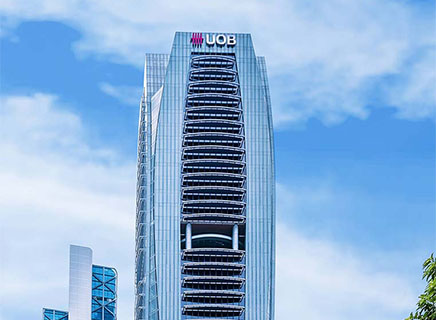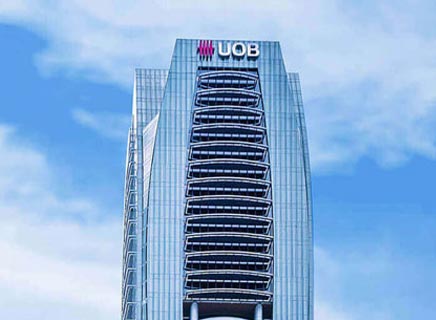News Release - 30 November 2020
UOB Malaysia: Government’s COVID-19 measures and improved external demand conditions will drive Malaysia’s economic recovery in 2021
Kuala Lumpur, Malaysia, 30 November 2020 – UOB Malaysia expects the Malaysian economy to rebound next year as a result of government efforts to counter the effects of the COVID-19 pandemic. Improved external demand conditions will be another significant contributor to the country’s recovery. The Bank has forecast a six per cent expansion of Malaysia’s Gross Domestic Product (GDP) in 2021, compared with an estimated contraction of 5.5 per cent this year.
Ms Julia Goh, Senior Economist, UOB Malaysia, said, “The government’s ongoing policy support through various fiscal packages, Budget 2021 measures and the cumulative interest rate cuts to date will provide impetus for Malaysia’s recovery. The potential of an effective COVID-19 vaccine roll-out, better-than-expected recovery of the global economy and Malaysia’s diversified economic fundamentals also point to a positive outlook for next year.
“In Budget 2021, the government has planned a sizeable spending of RM322.5 billion (or 20.6 per cent of GDP) to help drive domestic demand and the multiplier effects of this spending will help boost further GDP growth. The Budget is supported by additional measures such as cash assistance, tax cuts and reliefs, targeted loan and repayment assistance, cash advance from the Employees Provident Fund (EPF) Account 1 and a lower EPF contribution rate by employees.”
Extended wage subsidies, reskilling, job creation incentives and other measures introduced in the Budget 2021 to address labour market challenges will provide hope and optimism for the unemployed and hard-hit sectors such as tourism and hospitality. Several investment incentives and grants are also put in place to attract foreign direct investments and to accelerate local investments, particularly in strategic high-value-added sectors. These include tax incentives for foreign companies to establish Malaysia as their regional hub for trade and operations, as well as grants for high technology and innovative sectors, and local supply chain improvements.
Ms Goh said, “Another potential growth catalyst is the progress of large infrastructure projects such as the third Mass Rail Transit (MRT3), East Coast Rail Link (ECRL), West Coast Expressway, National Digital Infrastructure Plan (JENDELA), Johor Bahru-Singapore Rail Transit System, and the Kuala Lumpur-Singapore High-Speed Rail (HSR).
“Moreover, the revival of the Petronas Refinery and Petrochemical Integrated Development (RAPID) refinery complex and the commencement of the Petronas Floating Liquefied Natural Gas-2 (PFLNG2) facility will augur well for investments. We also expect that committed investments in the rubber, electrical and electronics and healthcare sectors will potentially drive growth next year.”
However, Malaysia’s path to recovery will likely be uneven and dependent on the risks of any resurgent wave of the COVID-19 pandemic. Although restrictions under the Conditional Movement Control Order, which currently covers most of the country, are less stringent than before and allow economic activity to continue, they have affected business and consumer sentiments in the fourth quarter of 2020.
Ms Goh added that the projected improvements in external demand, particularly within Asia, is a silver lining.
She said, “China has shown a faster-than-expected recovery, with its effective pandemic containment and reopening of its economy in April. As such, a sharp cyclical rebound in China’s economic growth, alongside moderate recoveries across Asia and other developed countries, will boost global trade and investments.
“Other key developments include the recent signing of the Regional Comprehensive Economic Partnership (RCEP), which marks the broadening and deepening of economic and trade linkages as well as the integration among Asia Pacific economies. The outcome of the recent United States presidential election bodes well for a new beginning in trade consultations and negotiations with China. This is expected to lead to improvements in US-China ties that will ripple positively through the rest of Asia.”
With the gradual US Dollar weakness, stable commodity prices and strengthening of China’s Renminbi, the Bank forecasts the Ringgit to move towards RM4.05 against the US Dollar in 2021.








